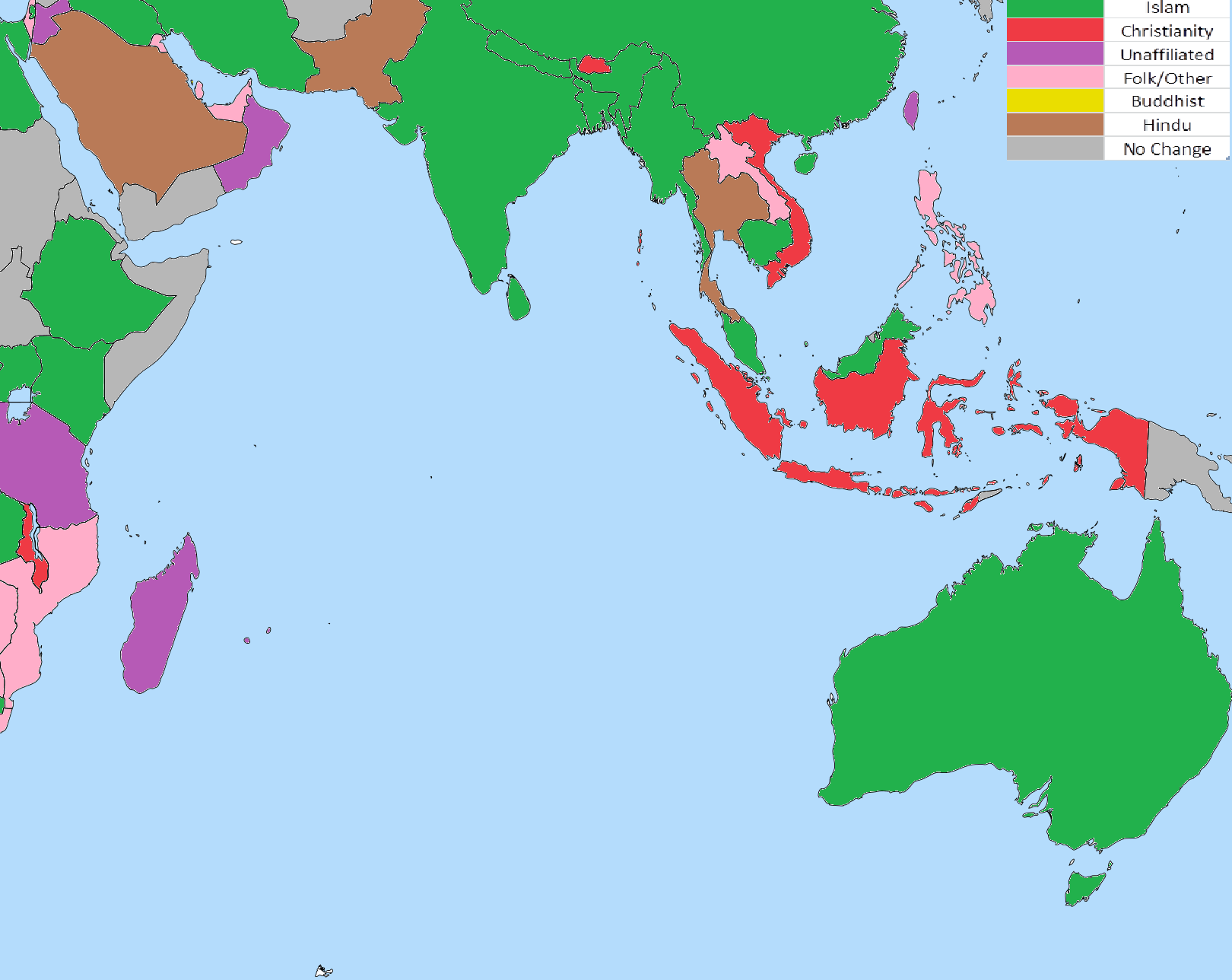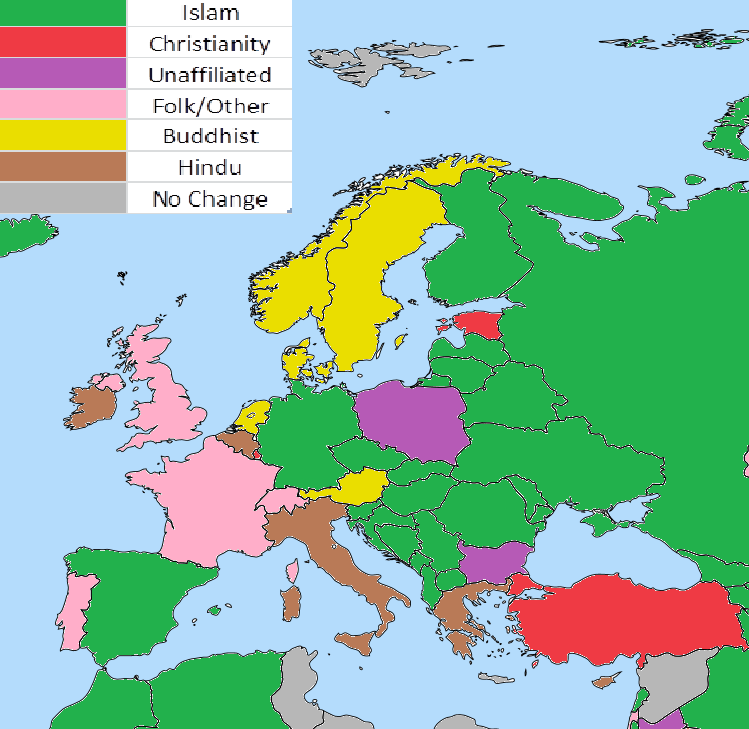World’s largest military medical center offers Hindu meals on request
World’s largest military medical center, Walter Reed National Military Medical Center (WRNMMC) in Bethesda (Maryland, USA), reportedly offers specialty Hindu meals to meet their dietary and religious requirements.
According to reports, special room service menus are available for religious diets, including vegetarian and vegan meals, for inpatients and staff. Hindu Service and Yoga is also held at WRNMMC on Thursdays, per its website. Hindu statesman Rajan Zed, in a statement in Nevada today, commended WRNMMC for offering choice of Hindu meals.
Zed, who is President of Universal Society of Hinduism, pointed out: Consumption, preparation, transformation, offering, etc., of food had been pivotal in Hinduism since the Vedic times. Hindus believed that food developed the body in this and other worlds. Dharmasastras extensively talked about issues related to food consumption. It was believed that taking of pure food lead to mental purity, while consumption of improper foods was both spiritually and physically harmful. Foods had been classified into sattvic, rajasic and tamasic categories; depending on their effects on the human body.
Ancient Taittiriya Upanishad says—Food is Brahman (the supreme Godhead). From food are born all creatures, by food they grow, and to food they return; Rajan Zed noted.
WRNMMC, the flagship of military medicine, also known as the President’s hospital, on 243 acres with over 2.4 million square feet of clinical space, provides care and services to over one million beneficiaries annually. It states to represent “hope to those who enter its doorway”. It also provides care for the President and Vice-President of the United States, Members of Congress, and Justices of the Supreme Court. Its history goes back to 1909 and Rear Admiral David A. Lane is the Director.
According to reports, special room service menus are available for religious diets, including vegetarian and vegan meals, for inpatients and staff. Hindu Service and Yoga is also held at WRNMMC on Thursdays, per its website. Hindu statesman Rajan Zed, in a statement in Nevada today, commended WRNMMC for offering choice of Hindu meals.
Zed, who is President of Universal Society of Hinduism, pointed out: Consumption, preparation, transformation, offering, etc., of food had been pivotal in Hinduism since the Vedic times. Hindus believed that food developed the body in this and other worlds. Dharmasastras extensively talked about issues related to food consumption. It was believed that taking of pure food lead to mental purity, while consumption of improper foods was both spiritually and physically harmful. Foods had been classified into sattvic, rajasic and tamasic categories; depending on their effects on the human body.
Ancient Taittiriya Upanishad says—Food is Brahman (the supreme Godhead). From food are born all creatures, by food they grow, and to food they return; Rajan Zed noted.
WRNMMC, the flagship of military medicine, also known as the President’s hospital, on 243 acres with over 2.4 million square feet of clinical space, provides care and services to over one million beneficiaries annually. It states to represent “hope to those who enter its doorway”. It also provides care for the President and Vice-President of the United States, Members of Congress, and Justices of the Supreme Court. Its history goes back to 1909 and Rear Admiral David A. Lane is the Director.





